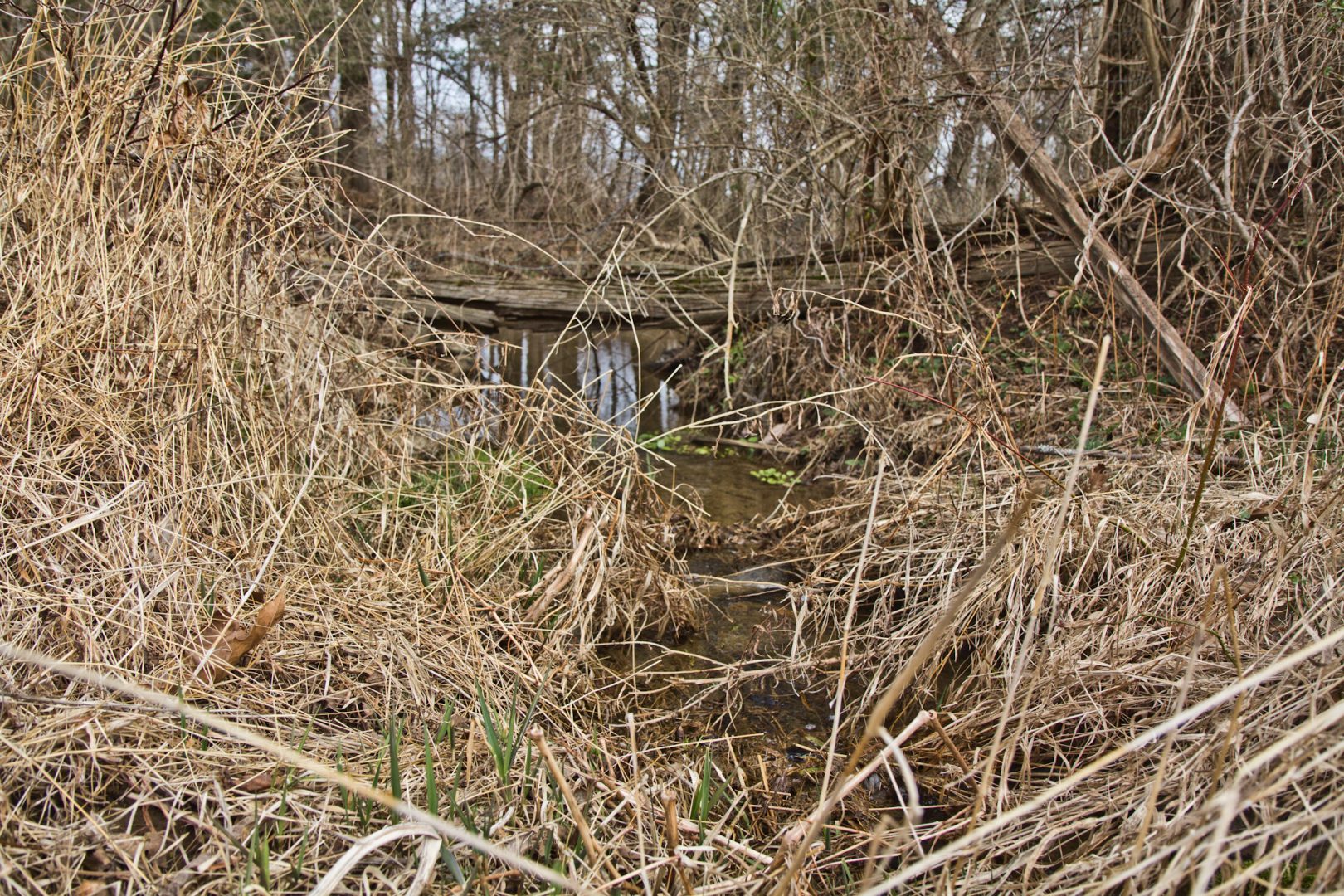
Kimberly Paynter / WHYY


Kimberly Paynter / WHYY

Kimberly Paynter / WHYY
A federal judge has thrown out a Trump administration rule limiting the number of streams and wetlands protected by federal law.
The decision could return protections to thousands of intermittent streams and wetlands that the Trump rule cut out of federal oversight under the Clean Water Act, environmental advocates said.
In making her decision, U.S. District Judge Rosemary Márquez, an Obama appointee, wrote that the Trump rule — known as the Navigable Waters Protection Rule — had “fundamental, substantive flaws” that “would risk serious environmental harm” if it were upheld, by exposing hundreds of waterways to pollution.
It is the latest in a quarter-century battle over what streams, ponds, wetlands and bogs are “Waters of the United States” — those protected by federal law. The Clean Water Act defined those waters as “navigable,” but subsequent legal interpretations have expanded the definition to include smaller streams, since pollution from these streams flows into larger rivers.
The Obama Administration expanded that definition further by enacting the “Waters of the US (WOTUS) Rule” to include intermittent streams and “adjacent wetlands and waters” up to 1,500 feet from a river or stream. The Trump administration repealed that law and replaced it with its own slimmed down regulation in 2020. It eliminated from federal protections ephemeral streams and wetlands that weren’t directly connected to waterways.
The Biden administration vowed to replace the regulation, even while enforcing the Trump rule. But on Monday, a federal judge in Arizona put a stop to the Trump rule by vacating it. The decision was hailed by Stuart Gillespie, an attorney with Earthjustice, which successfully challenged the Trump rule one behalf of six native American tribes.
“The overarching purpose of the Clean Water Act is to protect the integrity, the chemical, physical and biological integrity of the nation’s waters and that rule — it didn’t achieve that purpose. It violated that fundamental requirement of the law,” Gillespie said.
The decision means the definition of federally-protected waters now reverts to what was on the books when Obama first came into office.
That could include thousands of streams around the U.S.
A Biden administration review of the rule found 333 projects submitted to the Army Corps of Engineers between June 22, 2020 and April 15, 2021 would have required federal permitting under the old Obama-era rules, but were deemed outside federal jurisdiction under Trump’s rule. The impacts were more acute in more arid Western states. In New Mexico and Arizona, some 1,500 streams were found to fall outside federal regulations under the Trump-era rule that would have been regulated under Obama-era regulation.
Scientists with Trout Unlimited, an environmental and sportsman’s group, found that about half the stream miles in the U.S. were intermittent. The group also found that the Trump rule left 6,266 wetlands and 3,096 ephemeral streams — those that only flow at certain times of year–outside federal pollution protections.
Chris Wood, the group’s president and CEO, called the decision “a big win for common sense, science, and clean water.”
Business groups that had fought Obama’s rule were not as pleased. Chuck Fowke, chairman of the National Association of Home Builders, said he was “disappointed” by the ruling, and said it would “lead to more confusion” over which waters are under federal regulations and will result in “longer delays and higher housing costs.”
Kevin Sunday, spokesman for the Pennsylvania Chamber of Business & Industry, which supported the Trump rule, said the decision will create ambiguity over what is and is not a federally protected wetland or stream.
“We are again at a point where it is unclear what the federal definition of a ‘wetland’ is. And there remains considerable uncertainty at a time when there’s bipartisan, widespread agreement that infrastructure is vital to recover from the pandemic,” Sunday said.
“It remains a challenge to build things in this state as it is — this ambiguity is a significant hindrance to new construction in the state.”
The ruling’s impacts in Pennsylvania won’t be as big as they would be out west, since the state’s protections for wetlands and streams predate and often go beyond federal rules.
“[S]tate laws that address this are broader than what is covered by this ruling,” said Neil Shader, spokesman for the Pennsylvania Department of Environmental Protection, in an email.
Still, projects that require federal permits, like some pipelines, could still be impacted, said Abigail Jones, attorney with PennFuture.
“Anything that’s crossing myriad streams, especially the smaller streams, we want to ensure that those are getting the fullest protections.”
She said having a more expansive definition of federally-protected waters would buttress state laws protecting streams and wetlands.
“(A)ny kind of strong, clear federal backstop that we can have that says you have to ensure that the water quality of these streams and wetlands…We want to make sure that those have the strongest protections at the state and federal level.”
Jones said it would also protect waterways that flow into Pennsylvania from other states, and the Chesapeake Bay, where much of the state’s runoff flows into.
StateImpact Pennsylvania is a collaboration among WITF, WHYY, and the Allegheny Front. Reporters Reid Frazier, Rachel McDevitt and Susan Phillips cover the commonwealth’s energy economy. Read their reports on this site, and hear them on public radio stations across Pennsylvania.
(listed by story count)
StateImpact Pennsylvania is a collaboration among WITF, WHYY, and the Allegheny Front. Reporters Reid Frazier, Rachel McDevitt and Susan Phillips cover the commonwealth’s energy economy. Read their reports on this site, and hear them on public radio stations across Pennsylvania.
Climate Solutions, a collaboration of news organizations, educational institutions and a theater company, uses engagement, education and storytelling to help central Pennsylvanians toward climate change literacy, resilience and adaptation. Our work will amplify how people are finding solutions to the challenges presented by a warming world.